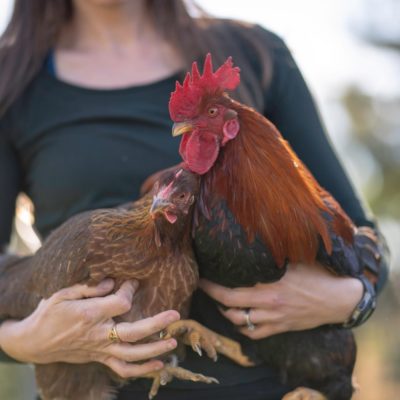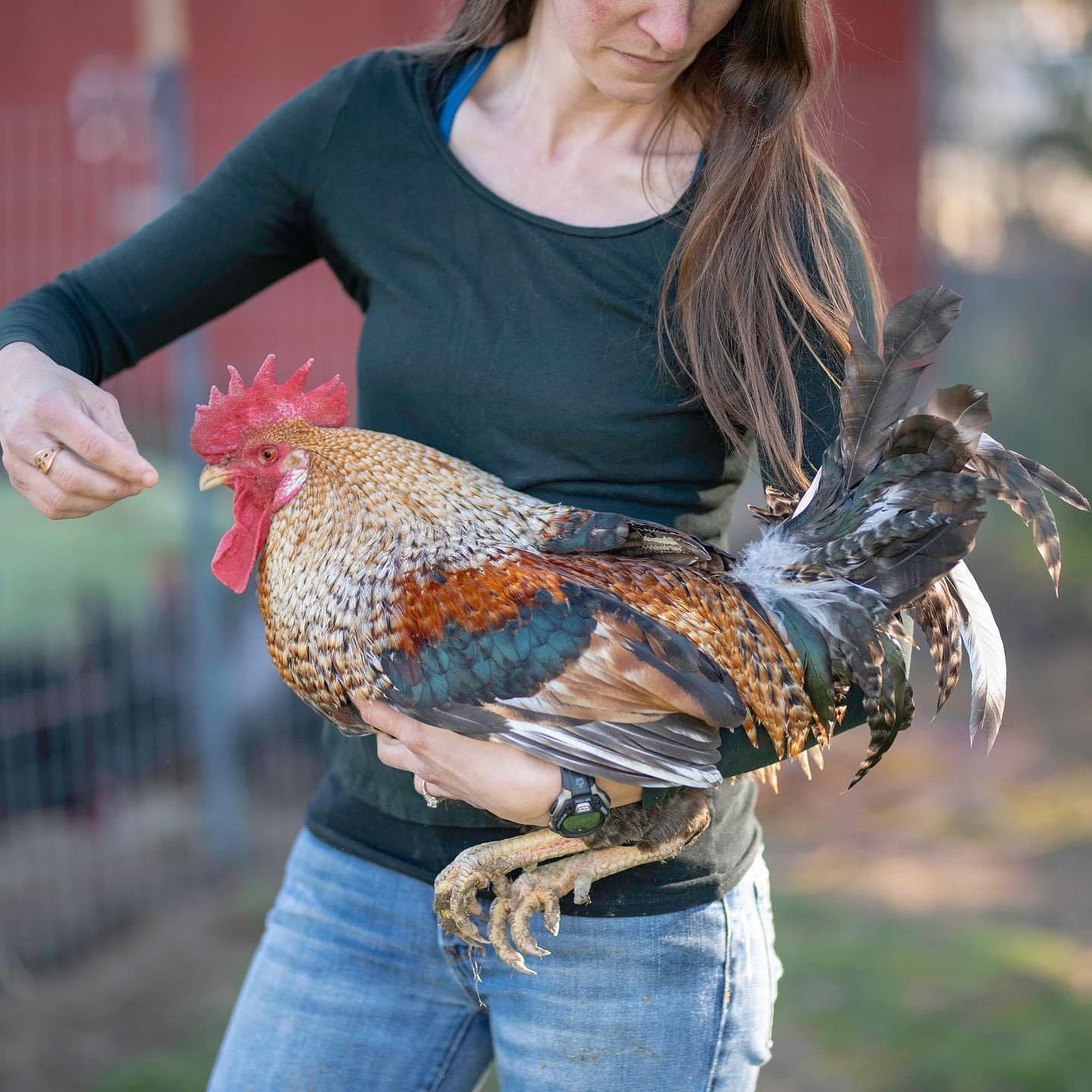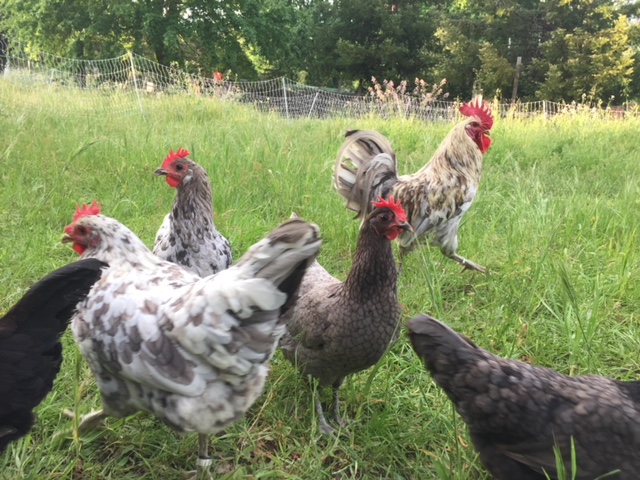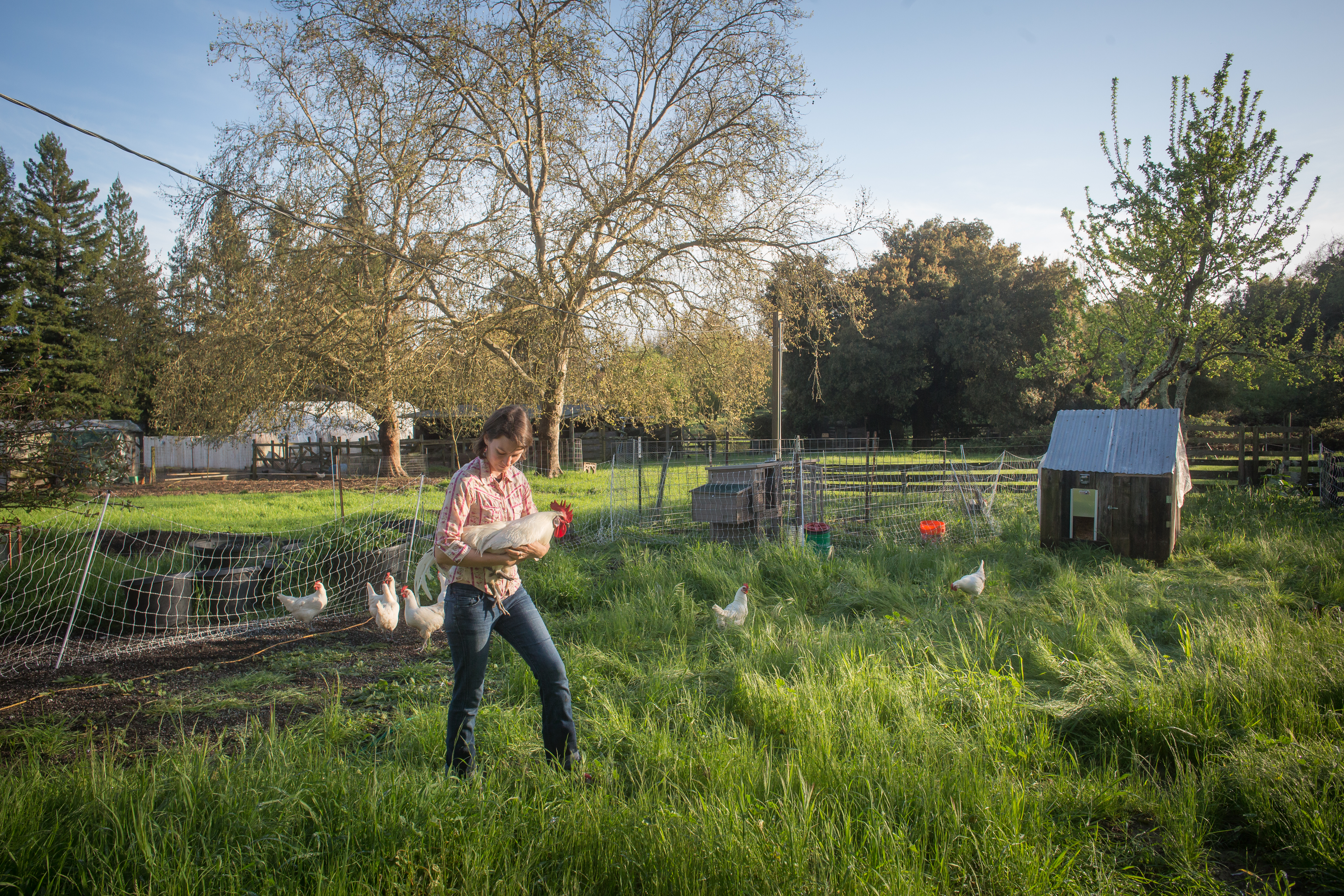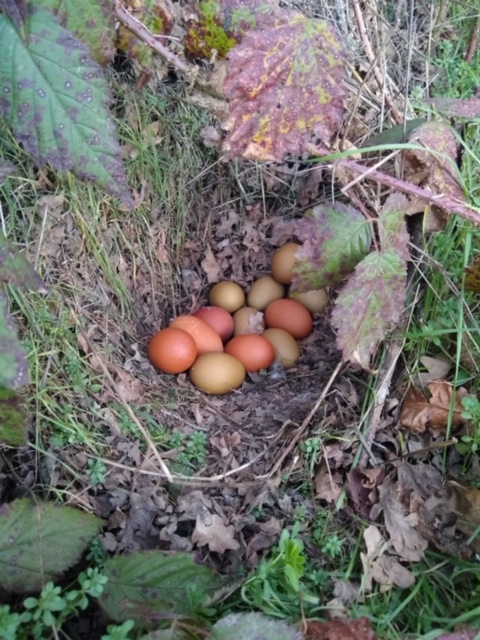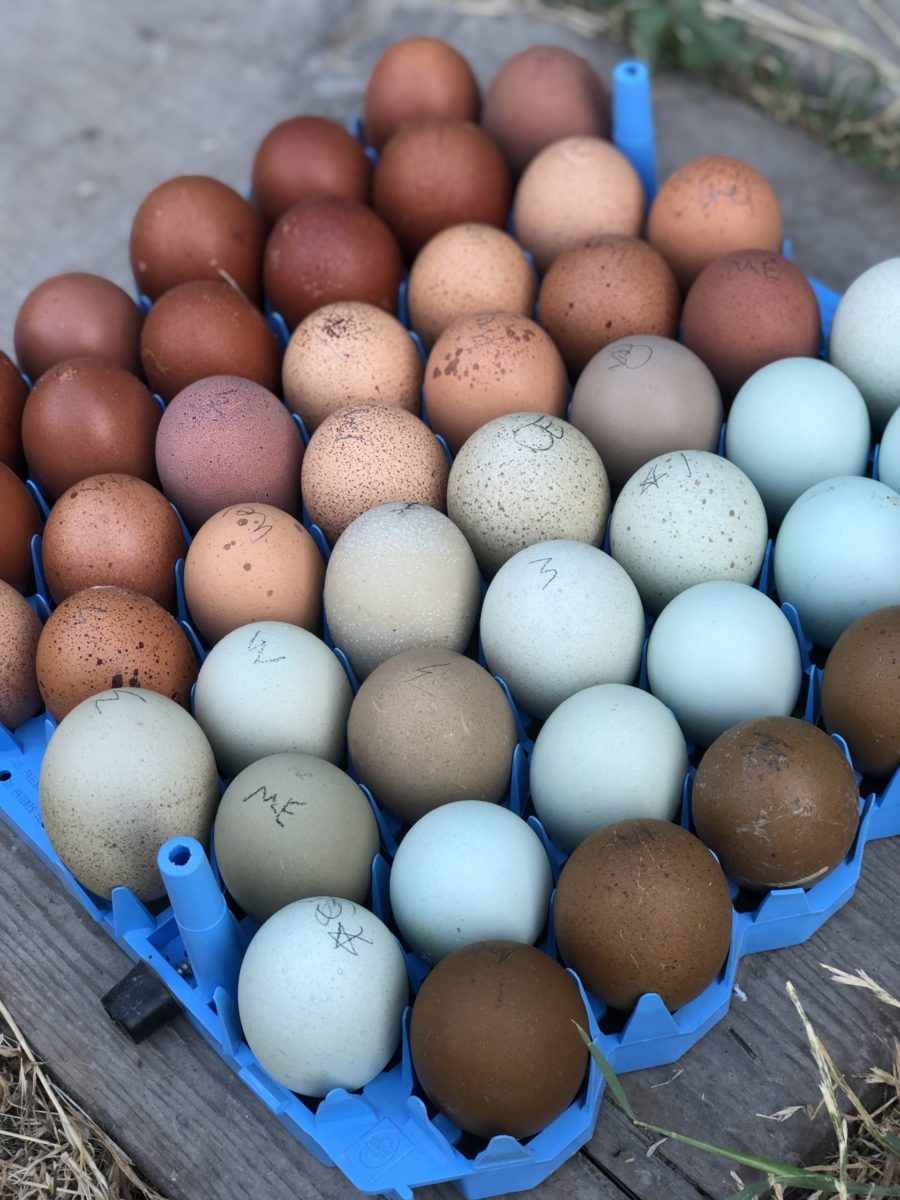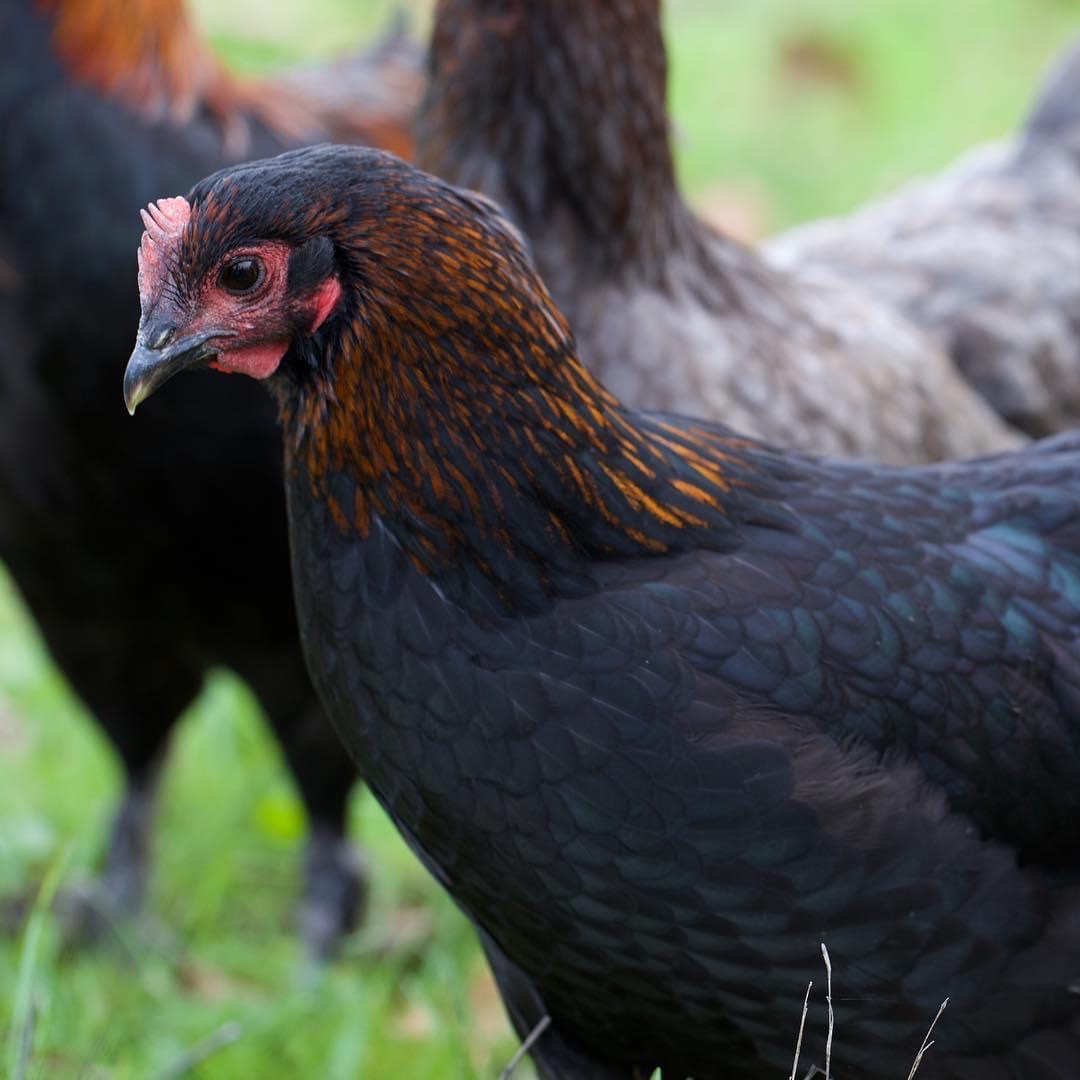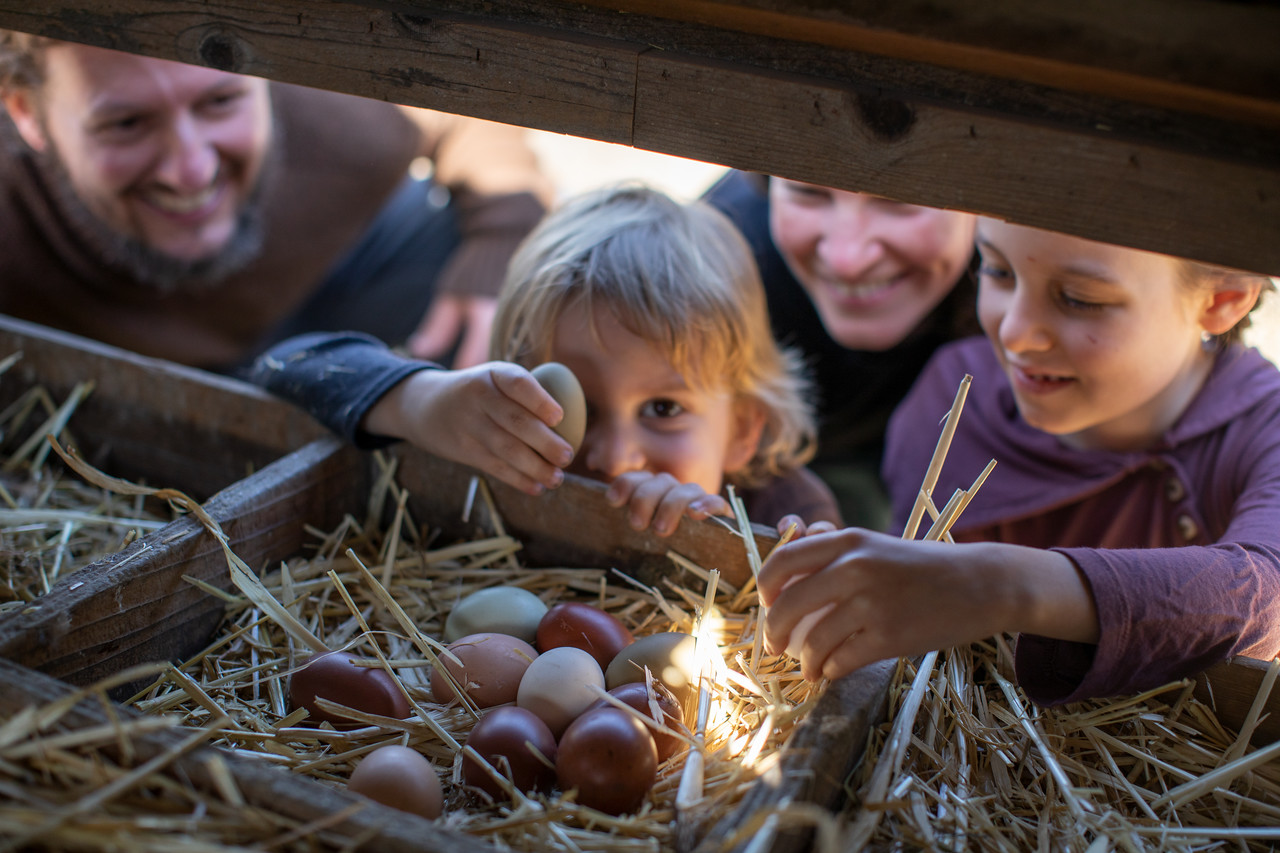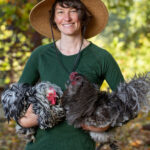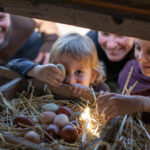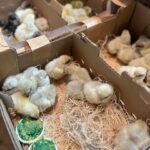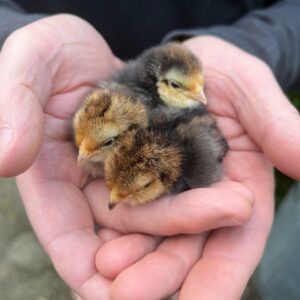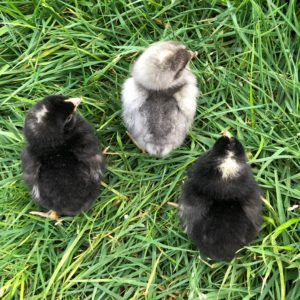As the high summer heat approaches, it’s crucial to ensure the well-being of your backyard chickens. Extreme temperatures can cause stress, dehydration, and even fatalities among these feathered friends. To keep your chickens healthy, happy, and productive during the summer months, it’s important to implement effective cooling strategies. In this post, we’ll share ten essential tips to help you keep your chickens cool and comfortable throughout the hottest days of the year.
- Provide Ample Shade: Creating shade is vital for your chickens to escape the direct sunlight. Erect shade cloths or tarps over their coop and run, ensuring adequate ventilation. Natural shade from trees and shrubs can also be utilized.
- Optimize Ventilation: Good airflow is essential to regulate temperature and reduce humidity. Install additional windows, vents, or fans in your chicken coop to improve ventilation. This will help circulate fresh air and prevent the buildup of heat and moisture.
- Offer Refreshing Water: Dehydration is a significant concern during hot weather. Ensure your chickens have access to clean, fresh water at all times. Consider using shallow containers or adding ice cubes to their water to help keep it cooler for longer.
- Employ Misters or Sprinklers: Misters or sprinkler systems can be a lifesaver during sweltering summers. Set up misting fans or sprinklers near the coop or run area to create a cooling effect. This helps lower the ambient temperature and provides relief to your chickens.
- Frozen Treats: Treat your chickens with frozen goodies to help them cool down. Freeze fruits like watermelon or berries, or make “chicken popsicles” by blending fruits and water, then freezing the mixture in ice cube trays. These treats offer hydration and a refreshing snack.
- Dust Baths: Dust baths are crucial for chickens to maintain their feather health, and they also help them stay cool. Provide a designated area filled with fine dust or sand where your chickens can roll and flap, ridding themselves of excess heat and pests.
- Adjust Feeding Schedule: During the hottest parts of the day, chickens tend to eat less. Adjust their feeding schedule to early morning or late evening when temperatures are cooler. This helps avoid the added metabolic heat generated by digestion.
- Optimize Coop Design: Ensure your chicken coop is designed to withstand hot weather. Use light-colored roofing materials to reflect sunlight, and insulate the coop to prevent heat transfer. Well-ventilated coops with proper insulation will provide a cooler environment for your chickens.
- Frozen Water Bottles: Place frozen water bottles in the coop or run area. Chickens can lean against or near the bottles to absorb the coldness, which provides them with a cooling effect.
- Monitor Behavior and Health: Keep a close eye on your chickens’ behavior and health during hot weather. Watch for signs of heat stress, such as panting, droopy wings, or reduced egg production. If you notice any concerning symptoms, take immediate action by implementing additional cooling methods or consulting a veterinarian.
Summer heat can pose serious risks to chickens, but with proper care and these ten essential tips, you can ensure your flock stays cool, healthy, and productive. By providing shade, optimizing ventilation, offering refreshing treats, and being vigilant about their well-being, you’ll create a comfortable and safe environment for your feathered friends to thrive during the hottest months of the year. Remember, a cool and contented chicken is a happy chicken!
